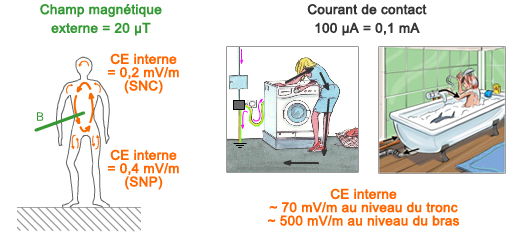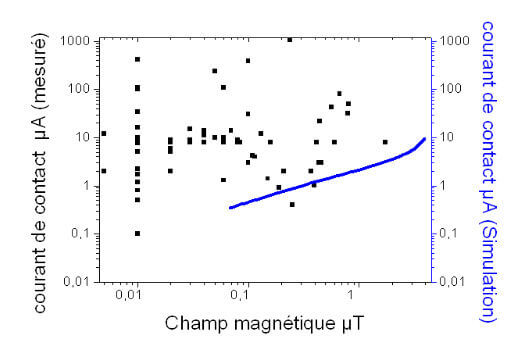The contact current hypothesis as the missing link was interesting in the USA. However, in Belgium, it does not allow us to connect external magnetic fields and childhood leukaemia.
Note that in 2011 US researchers published the results of an epidemiological study investigating the association between contact voltage exposure and childhood leukaemia in California. The authors concluded that in this population, there was no evidence of an association between childhood leukaemia and exposure to contact voltage or magnetic fields and a weak correlation between measurements of contact current and magnetic fields. Contact currents should not be the missing link in the USA either!
That does not prevent us from taking contact currents into account. As currents that cross our body correspond to quite high internal electric fields, it makes sense to check our electrical installation. BBEMG engineers noticed that a lot of private electrical wirings do not meet legislation standards and could correspond to high contact currents. It is recommended to check the conformity of the house wiring, with particular attention being paid to the quality of the earth and the presence of equipotential bonding between metallic pipes (water and gas), radiators and the grounding, and the distance between wires and pipes.
Contact currents depending on the body impedance, for the same potential difference, they would be larger through a naked wet person than through a dry person wearing shoes. Thus it is of importance to particularly insist on the rooms with water (bathroom as a priority) with the installation of appropriate differentials.
It should be noted that in well-designed house wiring in good maintenance, contact current intensities are generally very weak. Moreover, given the modernisation of the residential equipment, in particular the use of PVC water pipes, contact voltage is expected to drop. Eventually, as the name suggests, contact currents could occur in case of a contact with a conductive frame of an electrical equipment meaning that people are not continuously submitted to these currents.




